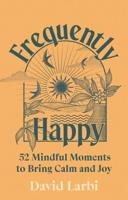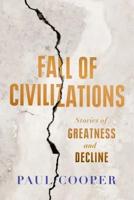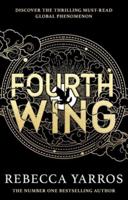Publisher's Synopsis
This historic book may have numerous typos and missing text. Purchasers can usually download a free scanned copy of the original book (without typos) from the publisher. Not indexed. Not illustrated. 1909 edition. Excerpt: ... CHAPTER XIV THE FOUNDING OF SLAVE-MAKING ANT COMMUNES ANTS are unique among social insects in the prac XX tice of a form of slavery. Bees and wasps, as far as known, show no tendency thereto. Indeed, their physical condition and manner of life seem to bar the way to the development of such a type of co-operative citizenship, while, on the other hand, the habit of ants rather invites it. In this characteristic we have another suggestion of those tendencies of human society which appear in emmet life. As far back as run the authentic records of our race, we trace some form of slave-holding. The Abrahamic type, as uncovered in the Old Testament, was little more than civic adoption, a kind of tribal "naturalization"--to borrow a term from American customs. Ancient Egypt had a far severer sort, as seen in her remarkable mural history, preserved even to this day in the inscriptions and paintings on the inner walls of her tombs, and confirmed by the Bible story of the Hebrew bondage. The slavery of classic Rome and Greece, though most cruel in many of its features, had some mitigations; at least, it did not close and seal the door of hope, but kept an open way for its "freedmen" to become honored and influential citizens. It lacked, as did most early forms of human bondage, that racial bar and taint which was one of the worst features of American.slavery. Our British forebears, to whom we owe our views of both civil liberty and chattel slavery, were at one with all Europe in holding Africans as the lawful prey of white men, and quite outside the pale of the common right of man to liberty and independent life. One needs this bird's-eye glance at this phase of human society as he takes up a somewhat analogous feature of certain ant communes; for...
























